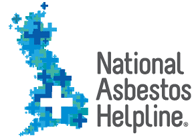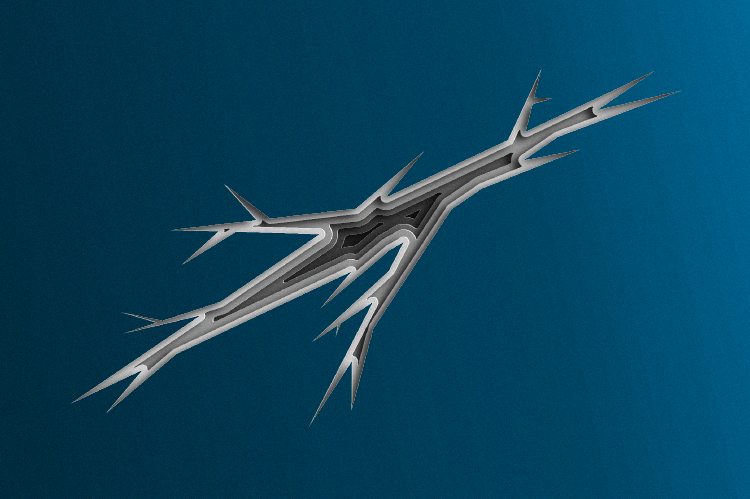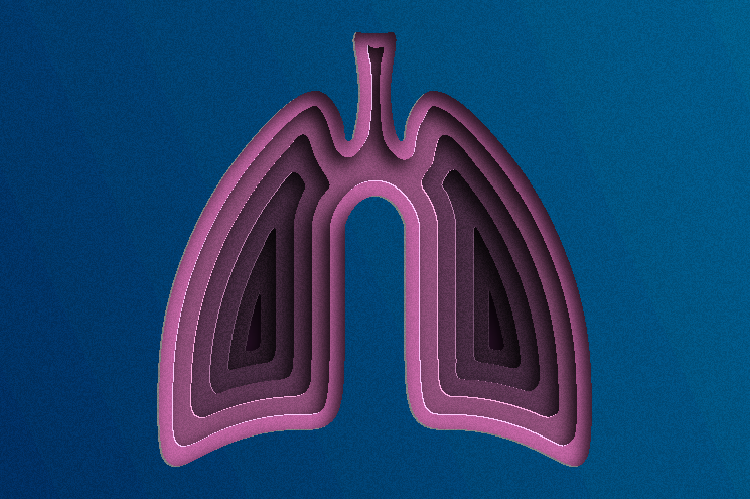WWII Gas Masks: A Life Saver Or A Potential Killer?
Posted: 24th Jul 14 1:49 PM
In Britain between 1935 and 1942 approximately 25 million military ‘General Service Respirators (GSR)’ were manufactured – and those produced after 1937 contained crocidolite, or blue asbestos filters. After 1942, and up until about 1965, approximately 3 million ‘Light Respirators (LR)’ were produced, some of them also containing crocidolite filters.
Civilian gas masks which were produced between 1937 and 1942, during the height of the Second World War, predominantly contained chrysotile, or white asbestos filters, although some were produced containing crocidolite. During this time approximately one hundred and seven million civilian gas masks were produced for adults, children and babies. With hindsight, could these lifesaving devices also be presenting a severe danger?
Could Asbestos Affect These Pieces of History?
In fact, gas masks used during the war years are now being marked as ‘potentially’ dangerous as they can release asbestos fibres from the filters, as well as being contaminated with harmful chemicals from previous use in gas drills. Post war gas masks can also release asbestos fibres and be contaminated; asbestos fibres can be released from handling the masks, filters and by carrying the bag.
In 2008 the Health and Safety Executive, Northern Ireland issued an urgent warning to schools and school boards on the dangers the gas masks possess. The warning is relevant to all schools throughout the United Kingdom that have a gas mask in their possession. The schools were advised to remove all gas masks in their possession and for them to be stored safely by placing them inside an intact plastic bag and sealing same. They were then advised to repeat this process, advising that the gas masks should be ‘double bagged’, a label then to be attached stating ‘Warning – contains asbestos’.
Once the gas mask is safely stored the Local Authority should be notified and they will then provide advice on how to safely dispose of the masks, filters and bags.
The Imperial War Museum’s Official Asbestos Advice
In 2004 the Imperial War Museum issued guidance to their staff in relation to the WWII vintage gas masks and how they should never be worn, due to the asbestos components within their filters. The advice given to staff was that the filters can be sealed or that the asbestos can be removed. However, this must only be carried out by a professional and qualified asbestos consultant.
They also advised that if any masks that had been made ‘safe’ were offered to a school that the school should ensure they obtain documentary evidence that proved that the making safe had been performed by a professional organisation. In any event, even if this is/was confirmed, the masks should never be worn.
Perhaps a greater risk than wearing the masks comes from handling them, their filters and the canvas carrying bag. Tests have shown that asbestos fibres can be released from the filters, particularly when damaged, split or worn. In turn this will contaminate those handling the masks, the surrounding area and also the canvas carrying bags.
World War 2 Gas Masks: A Worldwide Problem
It is important to note that gas masks from other countries may also contain asbestos and therefore the same precautions should be taken. It is illegal to sell and post war masks, filters and bags if they contain asbestos but, despite the law, it remains the case that they are regularly traded on eBay and sent to customers through standard postal services.
The risk that the masks possess should not be one that is taken lightly – chrysotile can cause the asbestos-related lung cancer called mesothelioma. Crocidolite is even more risky, as it is up to five hundred times more likely to cause mesothelioma than chrysotile, with children being at greater risk of exposure than adults.
A symbol of heroic defiance and bravery, the gas mask nonetheless has the potential to harm those whose curiosity and desire to learn or own what is an iconic piece of equipment brings them into contact with it.





